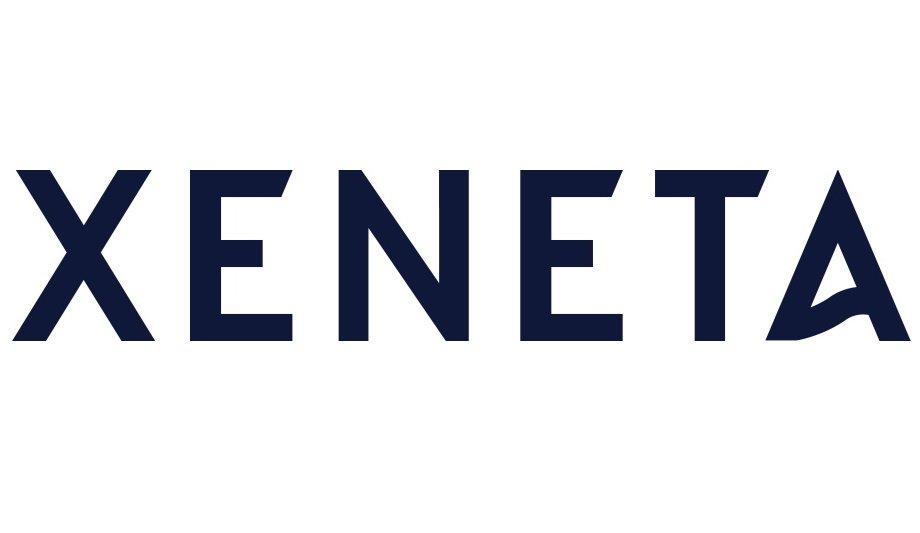Analysis of Xeneta’s Carbon Emissions Index (CEI) has revealed that Yang Ming is the container industry’s ‘emission hero’ for all relevant CEI-covered trades in Q4 2022. The Taiwanese giant was the industry’s only major player to score below the CEI performance baseline of 100 (set in Q1 2018) across all CEI routes.
According to the Carbon Emissions Index (CEI), a unique solution from Xeneta and Marine Benchmark, Yang Ming found the industry’s best balance between sailing speed, fill factor and vessel size. However, seen as a whole, the segment posted mixed results, with some gains offset by poor performances, as the weak market impacted on filling factors, which in turn decreased overall efficiency.
Empowering green shipping
The CEI index covers 13 main liner routes, tracking movements and calculating emission footprints
The Carbon Emissions Index (CEI) was launched last year to provide global shippers with the data they need to make informed ‘green shipping’ decisions for their cargoes.
Built on the foundation of real-time AIS data and individual vessel specifications, the CEI index covers 13 main liner routes, tracking movements and calculating emission footprints. A baseline of 100 is used to score carriers in relation to the trade lane average at the start of 2018.
Overall, says Xeneta Shipping Analyst, Emily Stausbøll, “The industry is moving in the right direction, but the varying scores show progress is far from straightforward.”
Market victims
“There’s only one trade that has a higher CEI for Q4 2022 than Q1 2018, and that’s the US East Coast to North Europe (a CEI of 108),” commented Emily Stausbøll, adding “However, we are seeing some quarter-on-quarter setbacks – such as on trades out of the Far East, where the CEI scores worsened (increased) on four out of the five main trades. To uncover why, we need to consider overall market conditions.”
She continues: “Weak fundamentals have hit demand, impacting upon volumes. So, out of the Far East we’ve seen filling factors fall away by 4.5 percentage points. However, there’s been no decrease in speed (and hence emissions) to counteract this, so efficiency suffers.”
Emily Stausbøll adds, “As a result, CEIs increased by an average of 6% on these key front haul trades. But, and it’s a significant ‘but’, all of these trades are still showing improvements seen in the context of 2018’s performance, with scores improving by between 3.4% and 15.7%. So, much has been achieved, but much remains to be done.”
Trade insights
The best performers reduced their speed enough to make up for lower filling factors
The Carbon Emissions Index (CEI) shows a drop in speed on most trades, in line with the deteriorating market conditions. The best performers reduced their speed enough to make up for lower filling factors, while those that didn’t decrease speed enough fared worst.
The trade that made the greatest green strides forward (against the baseline) is the Far East to US East Coast, scoring a CEI of 84.3 in Q4 2022.
Far East to US East Coast trade shows highest increase
This has been achieved with an 8.5% increase in the average vessel size, an 8.9% decrease in average speed (down 1.5 knots) and a 0.4 percentage point increase in filling factor. Although this latter figure is small, it shows carriers have been able to fill the bigger vessels.
Moving from the corridors to the individual carriers, Emily Stausbøll says there is a clear winner amongst the industry’s star players.
Yang Ming Impresses
“Yang Ming has shown its commitment, and skill when it comes to improving its environmental profile,” stated Emily Stausbøll, adding “All the other carriers scored over 100 on at least one trade for the quarter, while Yang Ming’s highest was 97.5, between North Europe and the Far East. At the other end of the scale, they managed an impressive 60.85 CEI figure for the Far East to US East Coast corridor."
In an increasingly ESG-focused market, this kind of performance can create real competitive advantage"
She continues, “In an increasingly ESG-focused market, this kind of performance can create real competitive advantage. At the end of the day, it’s not just helping the planet, it’s positioning them favorably in what is, and looks set to continue to be, a very tough market. Other carriers will no doubt take note. Watch the CEI in the coming months to see how they respond.”
The CEI covers 13 main trade corridors:
- Far East – Mediterranean
- Far East - North Europe
- Far East - S. America E. Coast
- Far East - US East Coast
- Far East - US West Coast
- Mediterranean - Far East
- Mediterranean - US East Coast
- North Europe - Far East
- North Europe - S. America E. Coast
- North Europe - US East Coast
- US East Coast – Mediterranean
- US East Coast - North Europe
- US West Coast - Far East
